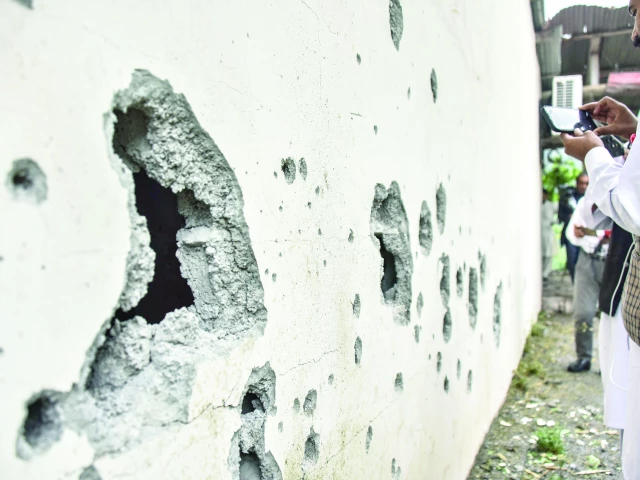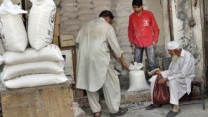Work on Neelum-Jhelum not to resume anytime soon
CPPA-G says Jamshoro Coal Power Plant and Shahtaj to be commissioned next fiscal

The work on the 969 megaWatt Neelum-Jhelum Hydropower Plant (NJHP) in Azad Jammu and Kashmjir (AJK), which has been stopped for over a year because of technical faults, is unlikely to resume in the next financial year 2025-26, according to a report submitted to the power regulator.
In the report submitted to the National Electric Power Regulatory Authority (Nepra), the Central Power Purchasing Agency (CPPA-G) has said that two power plants — Jamshoro Coal Power Plant and Shahtaj — have been considered for commissioning prior to the start of the fiscal year.
However, due to ongoing technical issues, the NJHP has not been included within the forecast horizon, it says. It is learnt that the government has already spent Rs500 billion to set up this plant. Because of the fault, the work shut down on May 1, 2024.
Furthermore, the NJHP — located at Nauseri near Line of Control (LoC) was damaged in Indian shelling on Wednesday. On Thursday, Water and Power Development Authority (Wapda) Chairman Sajjad Ghani visited the site to assess the damage to the structures and installations, and meet the staff.
Speaking on the occasion, the Wapda chief said that Indian attack that damaged the hydraulic power unit 1 of intake gates, structure at de-sander units and residential camp, was in violation of the international laws including the Geneva Conventions.
Electricity demand
Meanwhile, the CPPA-G has also submitted a forecast of electricity demand in upcoming financial year — a key determinant in setting the end-consumer tariffs, with any fluctuation having a direct impact on tariff adjustments.
It forecast the increase of 2.8 to 5 % in the electricity demand based on historical elasticity estimates, and GDP projections by the International Monetary Fund (IMF). The projections form the basis for the normal and high demand scenarios used in this analysis.
The report outlines seven scenarios, specifically demand, hydrology, fuel prices, and exchange rates. Across the analysed scenarios, indigenous fuels constitute between 55 to 58% of the overall energy mix, while clean fuels contribute between 52 and 56%.
To account for potential variability, two distinct demand scenarios have been developed based on extensive consultations with relevant stakeholders. The normal demand scenario reflects a projected 2.8% increase over Jan-Dec 2024, while the high demand scenario reflects a projected 5% increase.
Power tariffs
Fuel prices are a key driver of the fuel cost component within the Power Purchase Price (PPP). Accordingly, the forecast incorporates assumptions for normal fuel prices based on reputable data sources to ensure accuracy and relevance.
The CPPA-G has projected the PPP at Rs26.70 per unit based on a high exchange rate of Rs300 per dollar, low hydrology, standard fuel prices, and normal demand. Another scenario, which assumes normal demand and an exchange rate of Rs280 per dollar, results in a low PPP at Rs24.75 per kWh.
For imported fuels, price assumptions are based on market data from Argus Media and Plans, while local fuel prices are informed by inputs from NEPRA, the Oil and Gas Regulatory Authority (OGRA), and the Thar Coal and Energy Board (TCEB).




















COMMENTS
Comments are moderated and generally will be posted if they are on-topic and not abusive.
For more information, please see our Comments FAQ